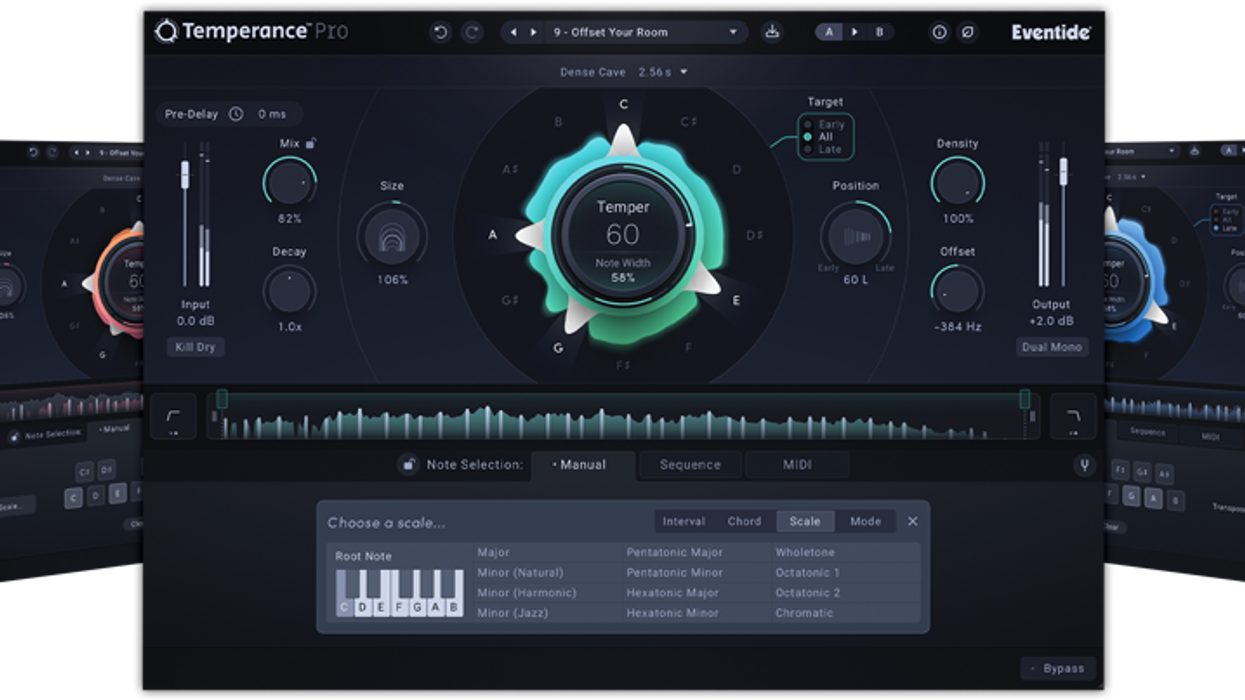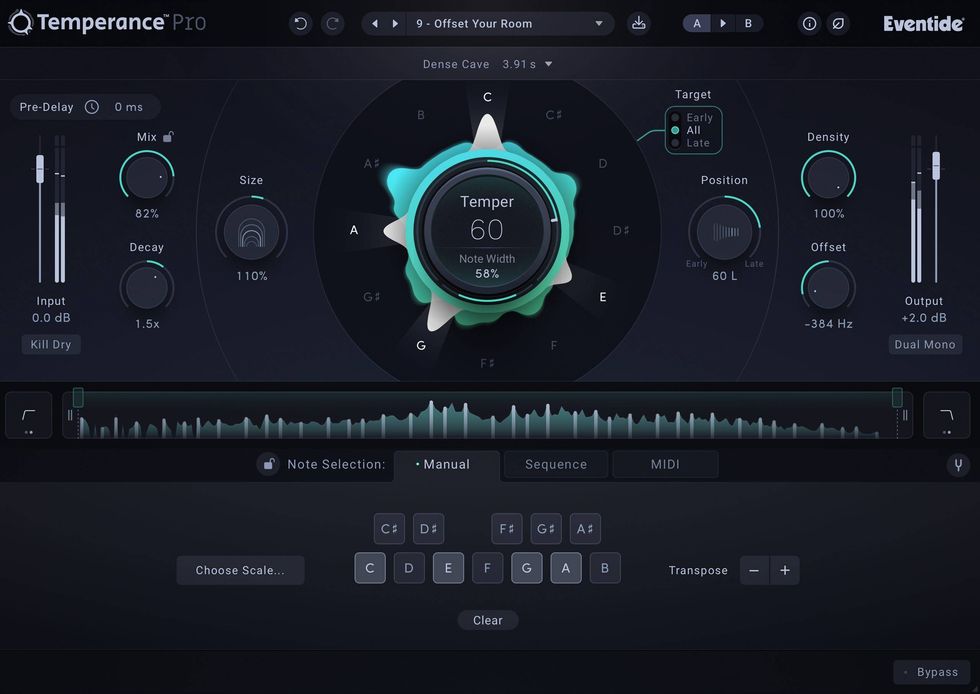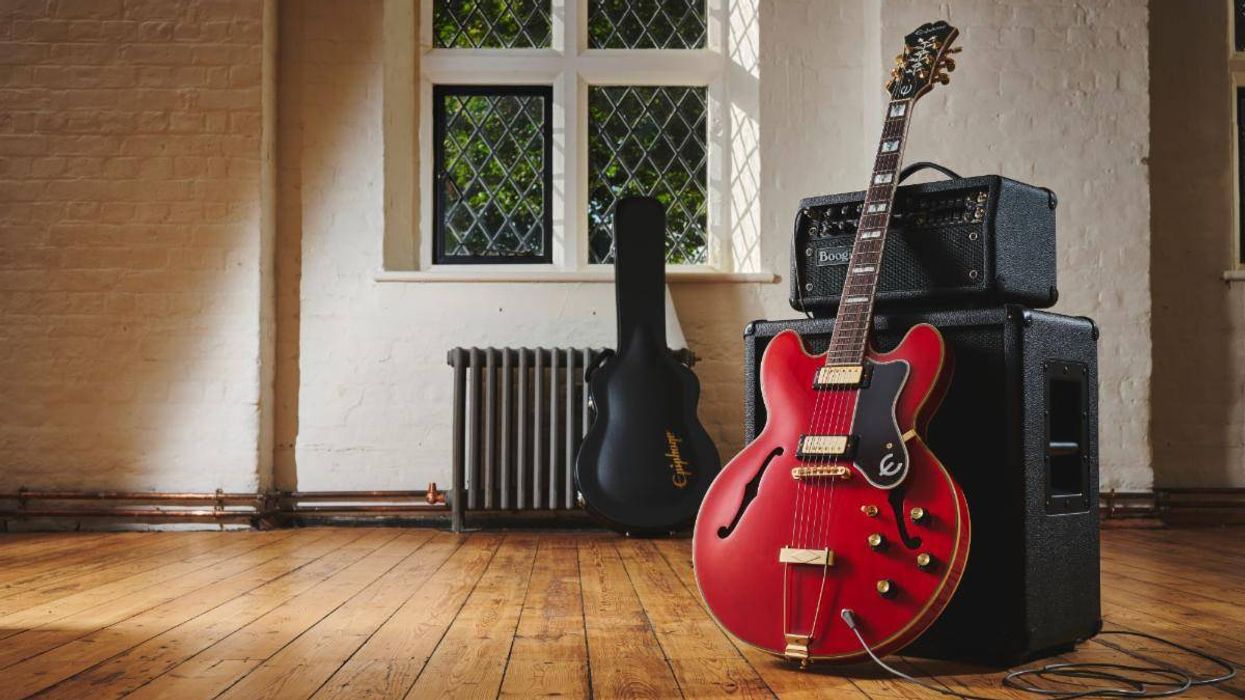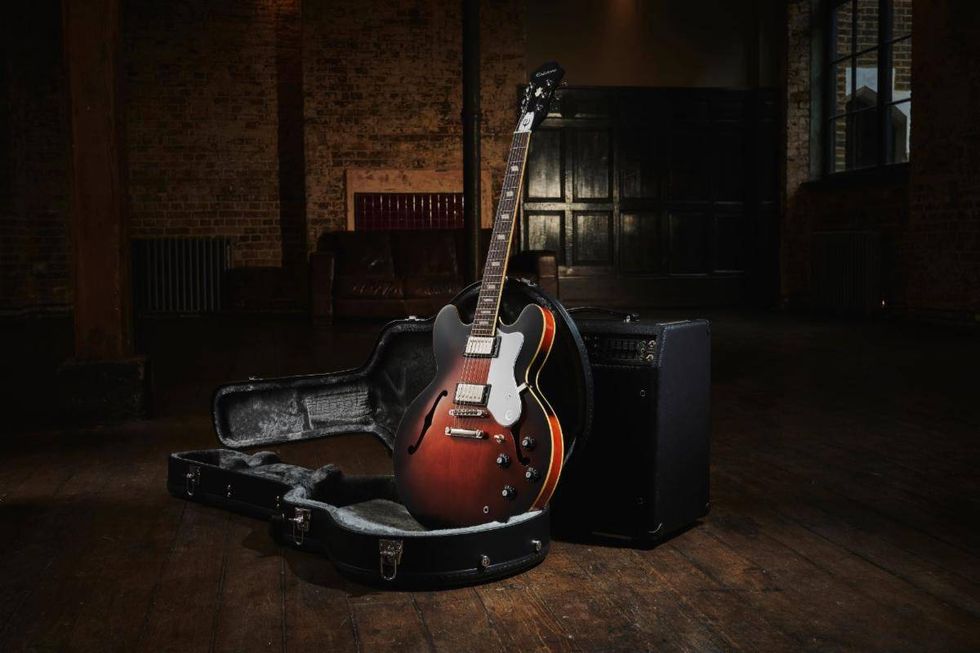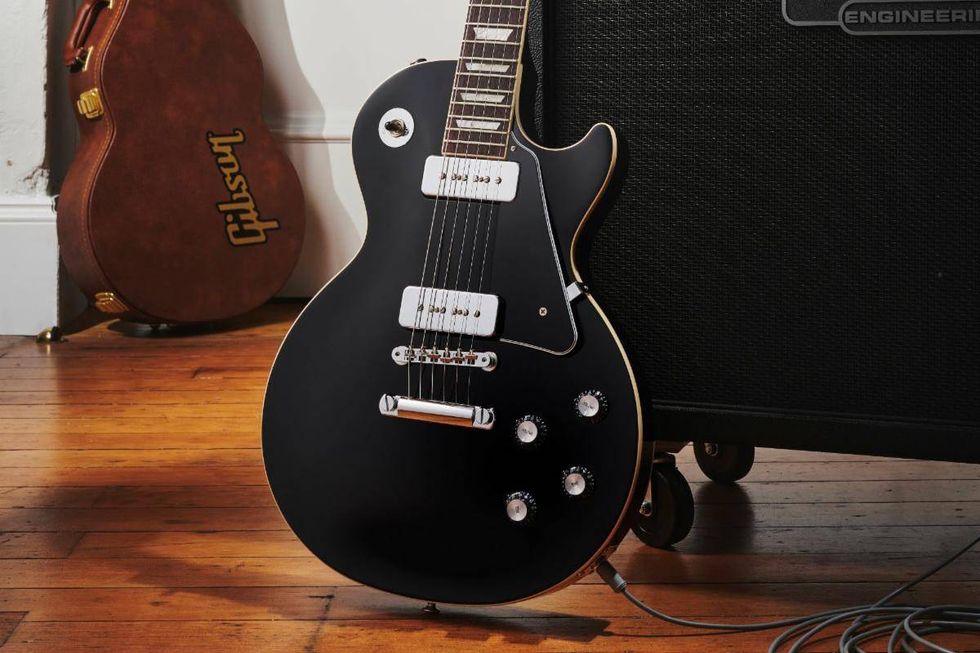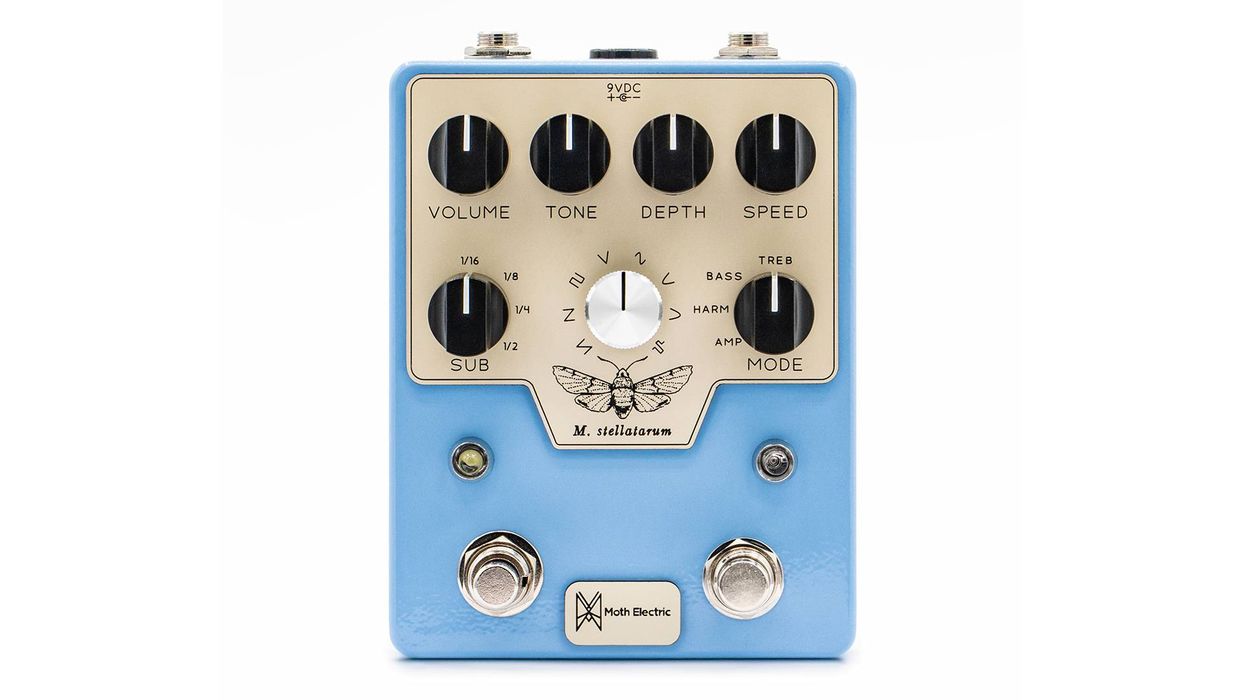Yungblud's first signature features a mahogany body, P-90 Pro pickup, and SlimTaper C profile neck.
“Guitars and rock music have always been a fundamental part of my life,” says Yungblud. “Literally my education. I grew up on the counter of a guitar shop, and I’ve been dusting them since I was three years old. The reason why I play a White ‘64 SG Junior is because, growing up, musicians who were important in my life were Angus Young and Billie Joe Armstrong. I was lucky because I found a guitar that represented both parts of my inspiration and yet has been famously played by no one but me. This SG Junior is entirely my own, and it already looks fucking iconic.
Rock music only survives if we keep evolving the genre, playing it our own way, and passing along the fuckin’ baton. To play for my fan base, hand them my guitars and talk to them about wanting to start bands is the sickest shit ever!! If I play even the tiniest part in their journey, I’m fuckin’ honored. Rock isn’t dead; it’s just different, pass it on.”
The Yungblud SG Junior has a mahogany body and a glued-in mahogany neck with a SlimTaper C profile and a laurel fretboard that is equipped with 22 medium jumbo frets. Epiphone Deluxe Vintage tuners and a Graph Tech nut keep everything solidly in tune, while a compensated wraparound bridge anchors the strings at the other end and contributes to the models’ excellent sustain. The simple yet effective electronics include a single Dogear Epiphone P-90 Pro pickup in the bridge position, wired to CTS volume and tone potentiometers. An Epiphone hardshell case with a hot pink interior is also included, and a Yungblud die-cut bumper sticker is packed inside.
For more information, please visit epiphone.com.


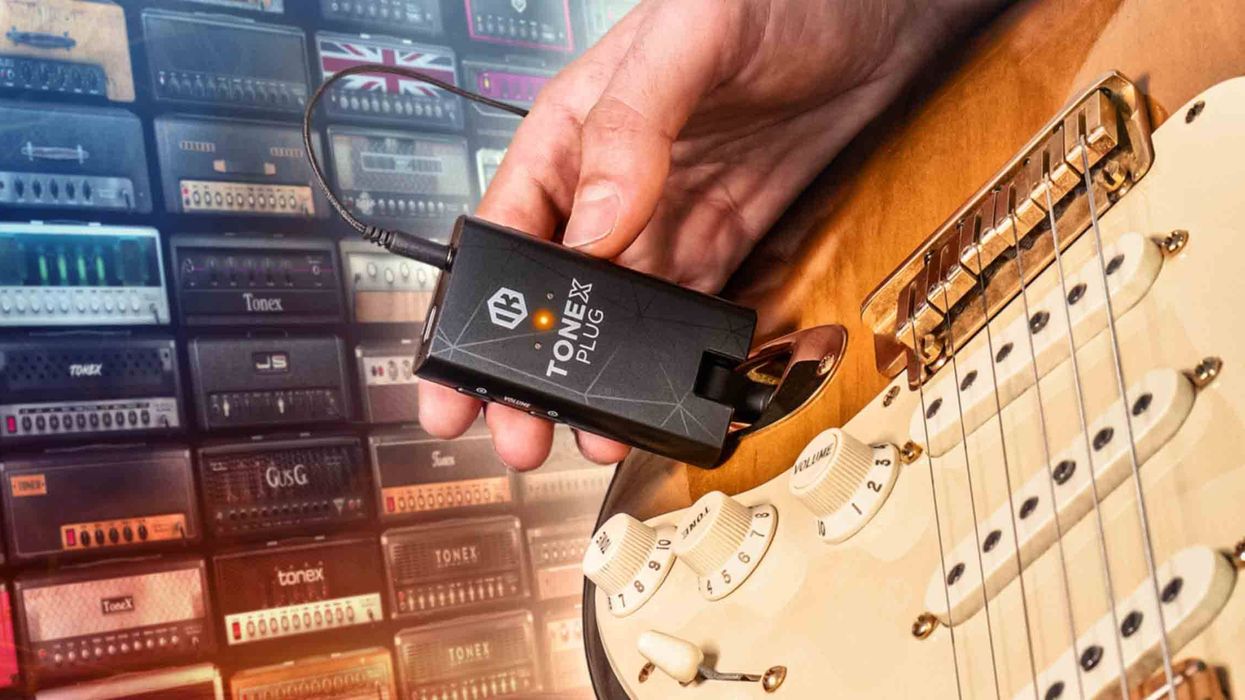

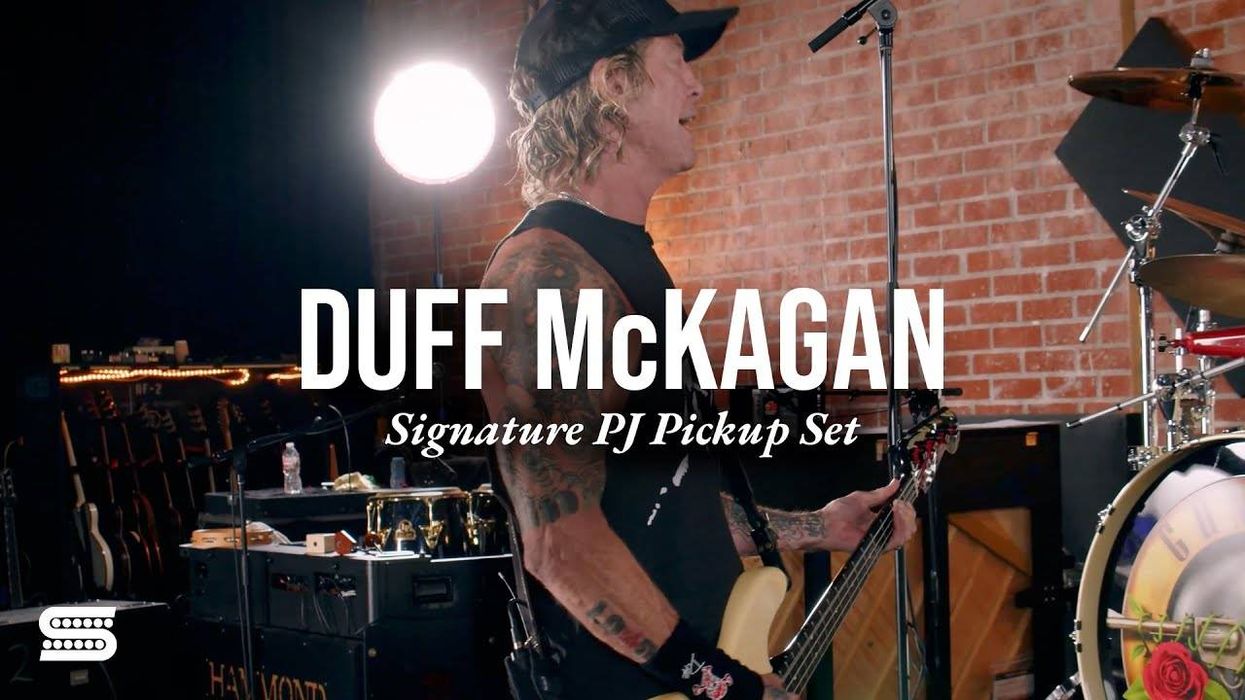

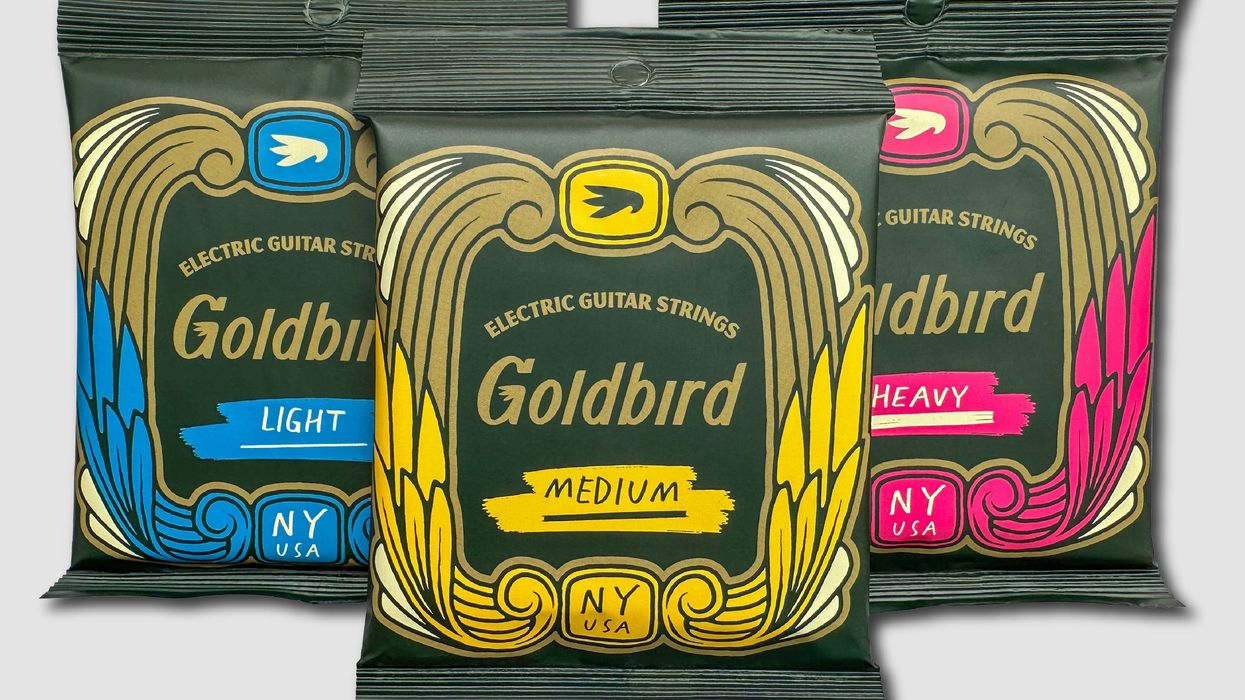





![Devon Eisenbarger [Katy Perry] Rig Rundown](https://www.premierguitar.com/media-library/youtube.jpg?id=61774583&width=1245&height=700&quality=70&coordinates=0%2C0%2C0%2C0)
